Now and Then: Landmark buildings a keyhole into Canberra history
The Canberra Star has compiled historical images to illustrate how much the capital city has changed over the years. But many landmark buildings have stood the test of time and serve as cultural time capsules
As Canberra’s population sprints towards half a million, it is hard to imagine a time when the indigenous Ngunnawal people roamed the region some 25,000 years ago without any plans for development to alter their connection to the land.
With the growth of European settlement during the 19th century, the natural landscape gradually gave way to landmark buildings that provide a keyhole into our past.
Many of them, like the Australian War Memorial, have stood the test of time and serve as cultural time capsules.
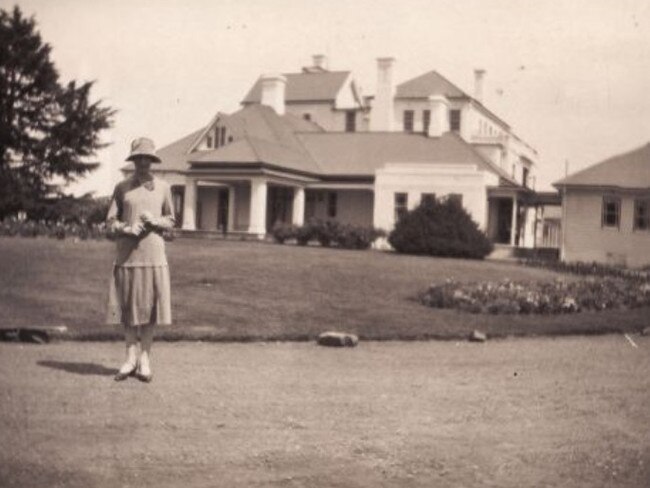
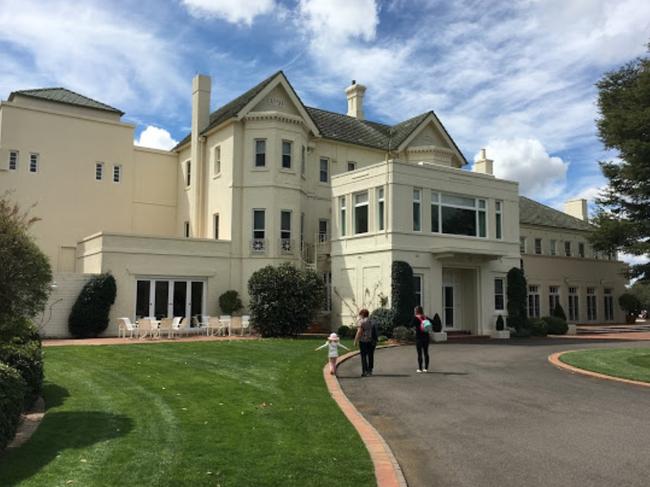
Other sites are unrecognisable as rapid development transforms the city’s skyline in the name of progress.
The Star has compiled historical photos of key sites in the capital and compared them with what they look like today to illustrate the changing face of Canberra since the first settlers arrived in 1824.
Once the decision was made to make Canberra the nation’s capital, an international design competition was held to determine who would design the new city.
The judging panel liked the ideas put forward by Chicago couple Walter Burley Griffin and his wife Marion Mahony Griffin.
Their vision centred on a garden city and roads in concentric circles with Lake Burley Griffin at its heart and a parliamentary triangle which could be seen from numerous vantage points including Mount Ainslie.
HOTEL CANBERRA
The Hotel Canberra overlooking Lake Burley Griffin is one example of a site that has changed dramatically since it opened in 1924 to accommodate politicians when federal parliament moved to Canberra from Melbourne.
Now the Hyatt Hotel, it looks pretty different these days despite it being restored to its former art deco grace and charm.

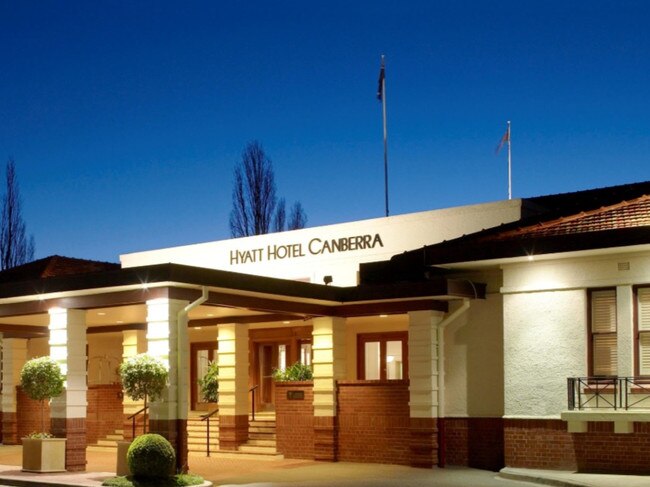
CANBERRA HOSPITAL
Canberra Hospital in Garran was formed when the Woden Valley Hospital and the Royal Canberra Hospital were amalgamated in 1991.
Before that, services were transferred to the Woden Valley Hospital, which opened in 1973.
In 1979 the Canberra Community Hospital was renamed the Royal Canberra Hospital.
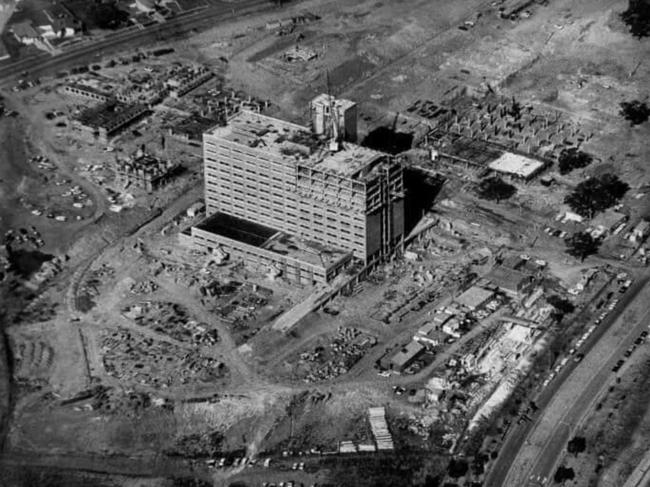

PARLIAMENT HOUSE
Old Parliament House was the meeting place of the Australian parliament from 1927 to 1988 before it became too small and crowded.
Construction of a new Parliament House began in late 1980 and the building was officially opened on May 9, 1988, by Queen Elizabeth II.
The new Parliament House was built to support the work of Australia’s federal Parliament for at least 200 years.


KINGS AVE BRIDGE
Kings Ave Bridge is 270 metres long and four lanes wide and was opened by Prime Minister Robert Menzies on March 10, 1962.
Kings Ave and Commonwealth Ave bridges were designed to cross Lake Burley Griffin.
Ironically, by the time the two bridges were completed, Canberra was in the grip of drought and it took some time for the lake to fill.
Initially the two bridges spanned an almost empty lake before it was finally filled in April 1964.
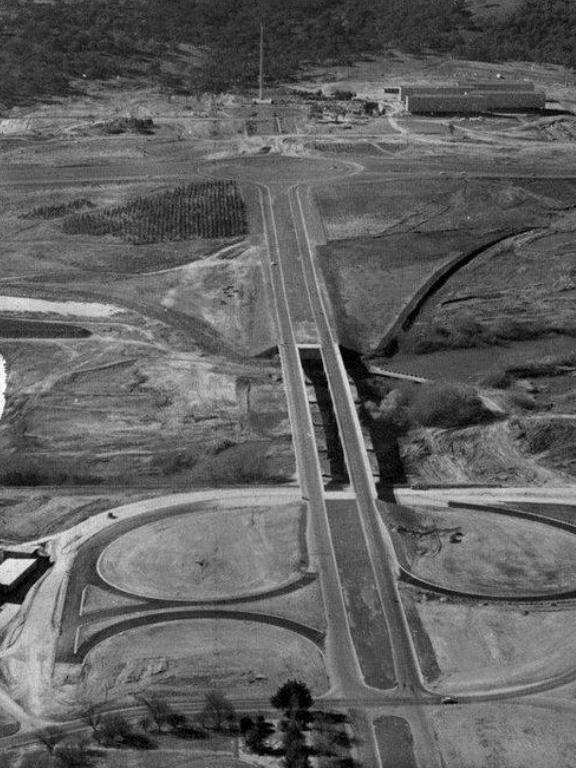

AUSTRALIAN WAR MEMORIAL
Australian war correspondent Charles Bean envisaged a national war memorial to commemorate the sacrifice of 60,000 Australians killed in the First World War.
His vision was to create a national memorial where families and friends could grieve for those buried in places far away, as well as being a place that would contribute to an understanding of war itself.
Bean’s proposal was approved in 1917, and the foundation stone was laid on Anzac Day 1919.
The Depression and the Second World War delayed building works, but the Australian War Memorial was opened on the November 11, 1941, the 23rd anniversary of the end of WWI.


HOTEL WELLINGTON
Hotel Wellington was opened in 1927 in time for the opening of Parliament House before its demolition in 1984.
It was called the Wellington because Canberra Ave was then known as Wellington Ave.
The new hotel has been known as the Pavilion and Rydges Capital Hill.
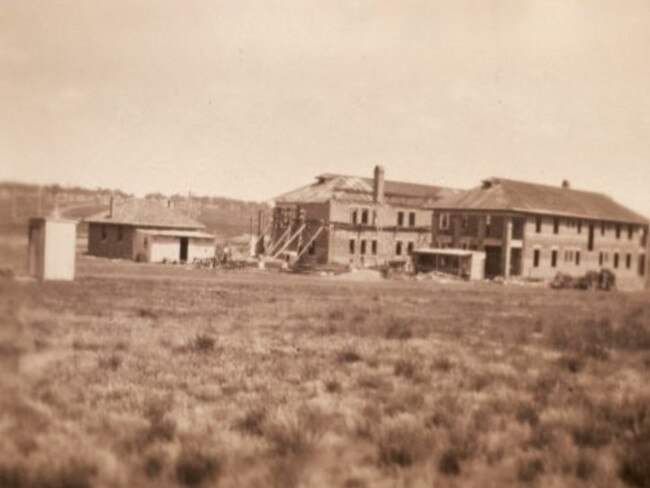
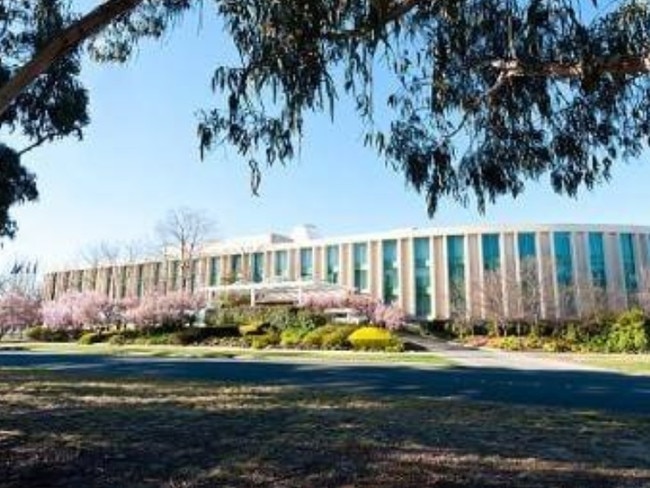
CAPITOL THEATRE, MANUKA
Canberra’s first purpose-built cinema was the Capitol Theatre, which opened in 1927 with more than 1000 seats and presented a mixed program of theatrical acts and films.
This formula was popular for many years. The Capitol was managed by Franklyn Barrett, a well-known former film producer, director and cinematographer.
The original building was demolished in 1980 and Event Cinemas, Manuka now stands on the site.
A development application has been lodged to turn the site into a seven storey hotel.
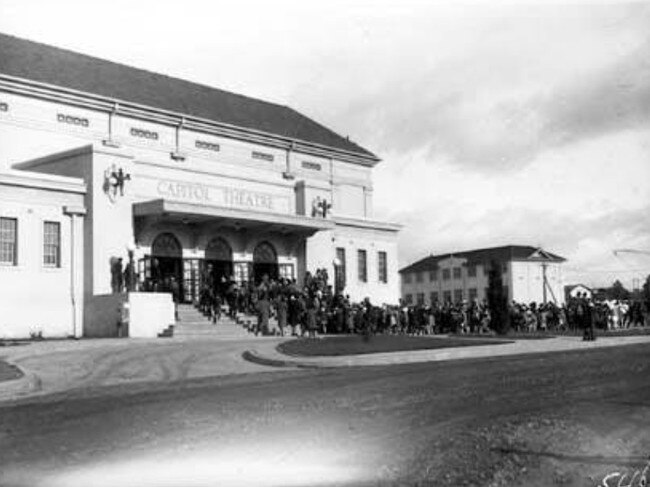

NATIONAL LIBRARY OF AUSTRALIA
The National Library of Australia building located at Parkes Place, Canberra was opened on August 15, 1968 by Prime Minister John Gorton.
When the building opened it was the first time since the Library moved to Canberra in 1927 that all of the collections and staff were located in one building.
Walter Bunning of the architectural firm Bunning and Madden was the chief architect in association with T.E. O’Mahony.

The style of the building is ‘Contemporary Classical’, influenced by the work of American architect Edward Stone and the Parthenon in Greece.
The original National Library building was on Kings Ave in Canberra, on the site of the Edmund Barton Building.
It was designed by Edward Henderson in the Stripped Classical style with features such as Corinthian columns within the entrance alcove and regularly spaced vertical windows.
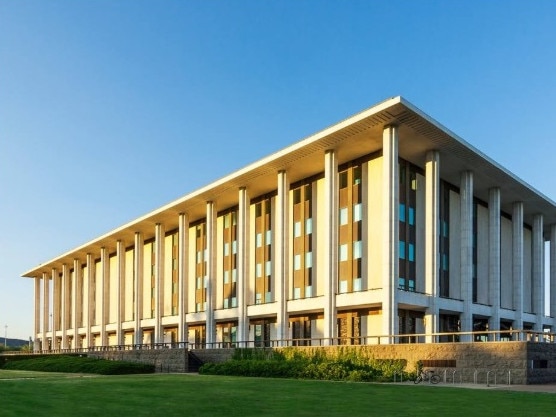
The foundation stones for the building were laid in November 1934 by the Governor-General and the Poet-Laureate John Masefield.
For economic reasons only 1 wing was completed. In 1968 it was demolished and the new National Library built on the site within the Parliamentary Triangle.


